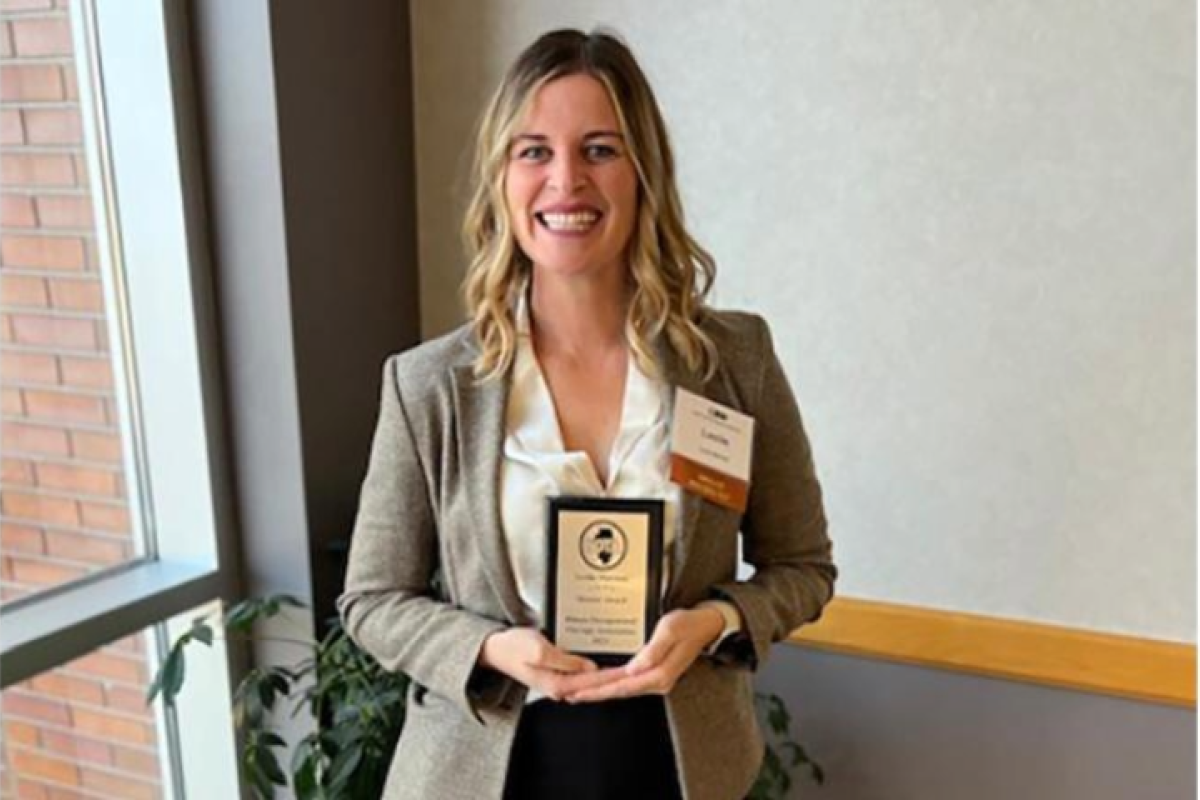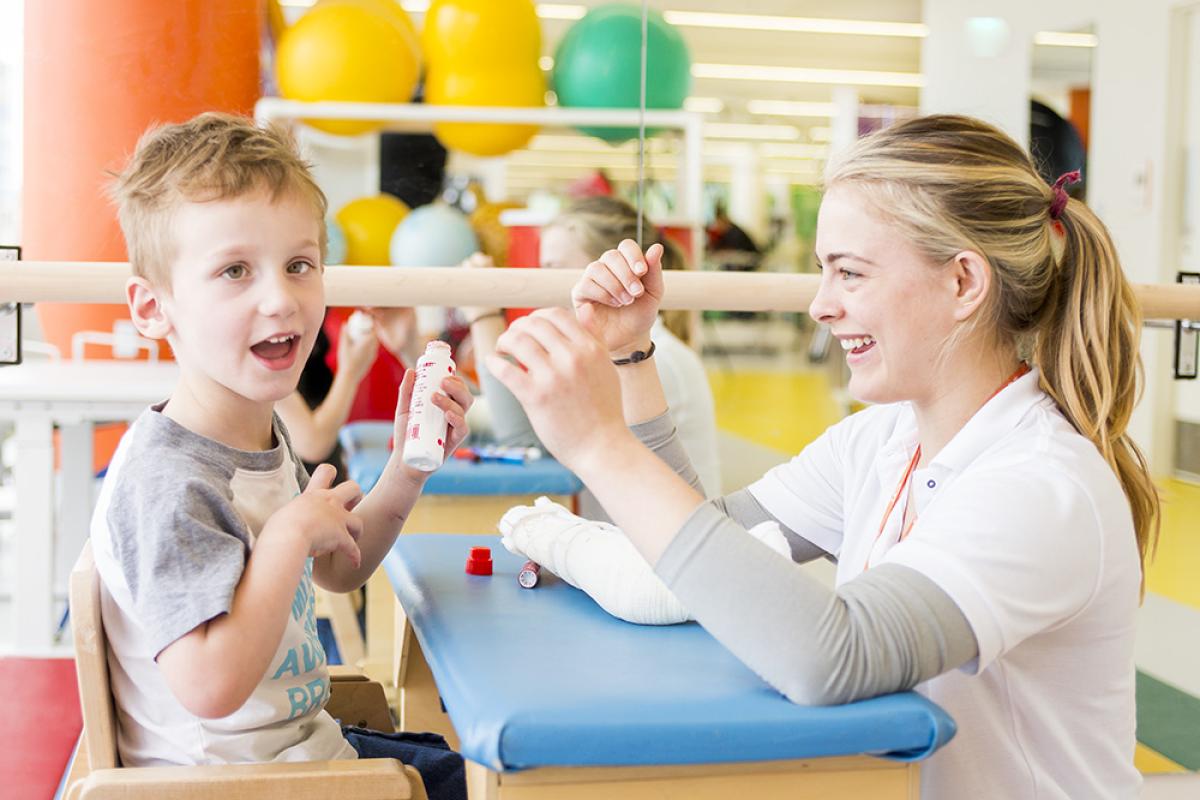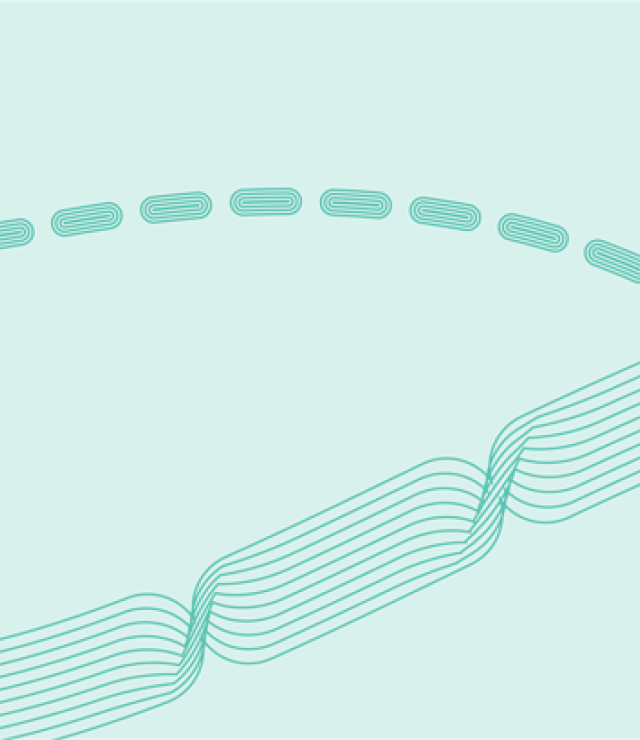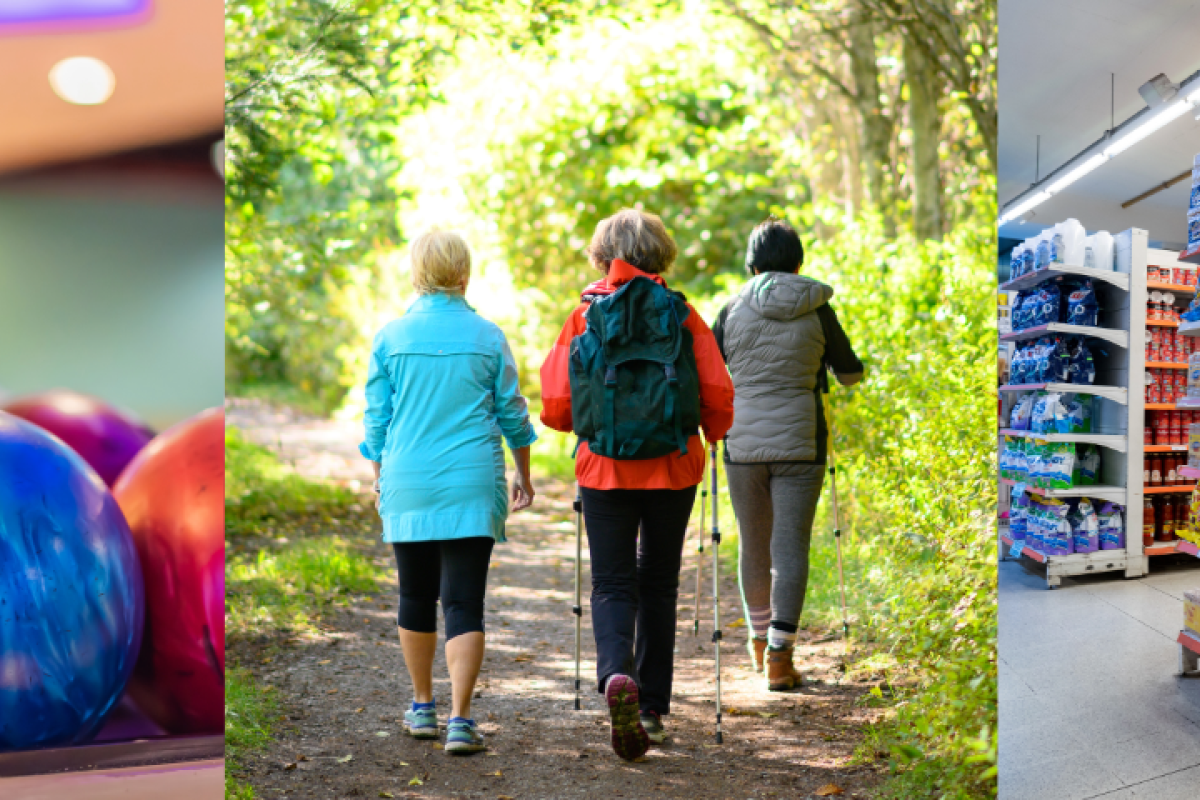Not Finding What You're Looking For?

Goldman Functional Fitness Program
The Goldman Functional Fitness Program is part of a continuum of care meant to build upon the skills learned in physical or occupational therapy.
Page

Leslie Marriott Honored with Illinois OT Association’s Mentor Award
Leslie Marriott, master occupational therapist and education program manager, Academy, received the Illinois Occupational Therapy Association’s (ILOTA) 2023 Mentor Award.
News

The Benefits of Episodic Care in Outpatient Pediatric Rehabilitation
At first glance, episodic care might sound technical, but it is actually a simple and thoughtful approach to physical, occupational and/or speech therapy that focuses on what’s best for your child — and your family.
Blog

COMPLETE: Safety, Reliability, and Efficacy of the Harmony SHR Upper Extremity Robotic Rehabilitation System in the Inpatient Rehabilitation Setting for Patients with Acute Stroke
The objective of this study is to evaluate the safety, reliability, and effectiveness of the use of Harmony SHR in rehabilitation of the upper extremities in the inpatient stroke population as compared to conventional occupational therapy.
Research Project

Improving Aged Neuromuscular Health and Function
The long-term objective of this proposal is to develop an effective stem cell-mediated therapy to ameliorate age-related deterioration of neuromuscular function.
Research Project

Charity Care Giving
Charity Care gives patients access to a complete range of services including prosthetic limbs; braces; physical, occupational, and recreational therapy.
Page

Smart Passive Devices for Arm Function Recovery
We have developed machine-assisted therapy techniques that focus on self-directed movement and error augmentation approaches to promote user engagement.
Research Project

Back to College After a Traumatic Brain Injury
Brett suffered a severe TBI after a skiing accident. Through our Amicous Program, daily speech therapy and inpatient care he walked out of the hospital.
Patient Story
Swimmer Learns to Walk Again after Beach Accident
After a diving accident at the beach, Tural was admitted to RIC where we went through the frustrations of therapy couple with "crazy and happy moments."
Patient Story
Lokomat Training
Lokomat training is a robot-assisted walking therapy to help a person whose ability to walk has been impaired due to stroke, SCI, TBI, or other condition.
Page

DayRehab Outings: Transitioning back to Independence
To prepare patients for return to their dynamic lifestyles, we incorporate treatment with groups of patients across all types of therapies; working with others toward similar goals.
Blog



